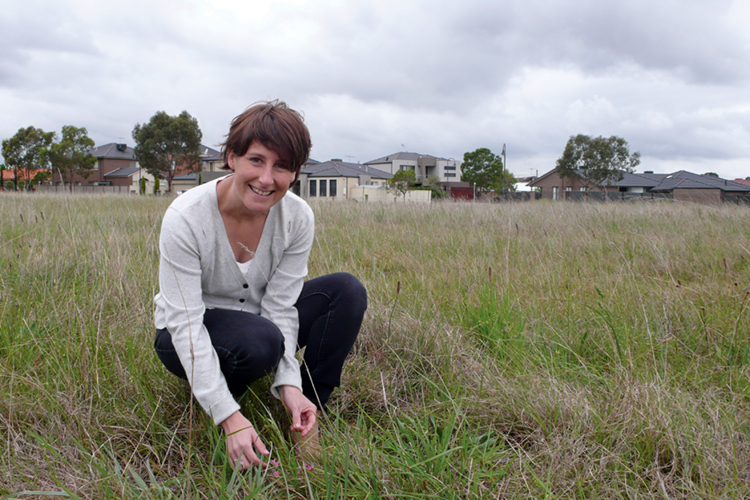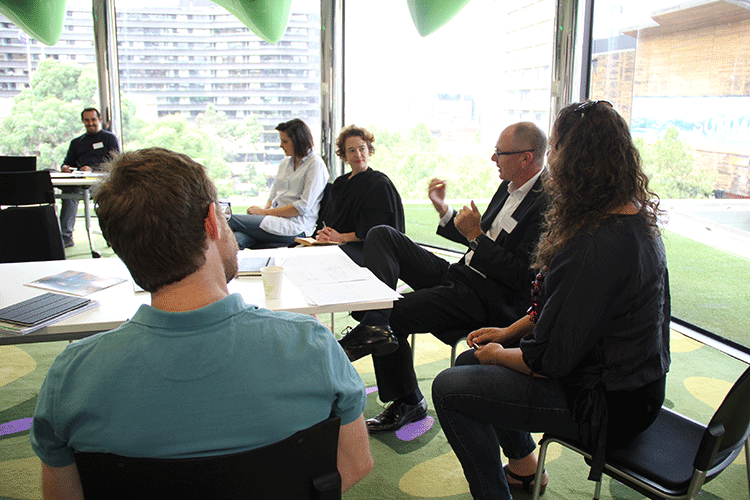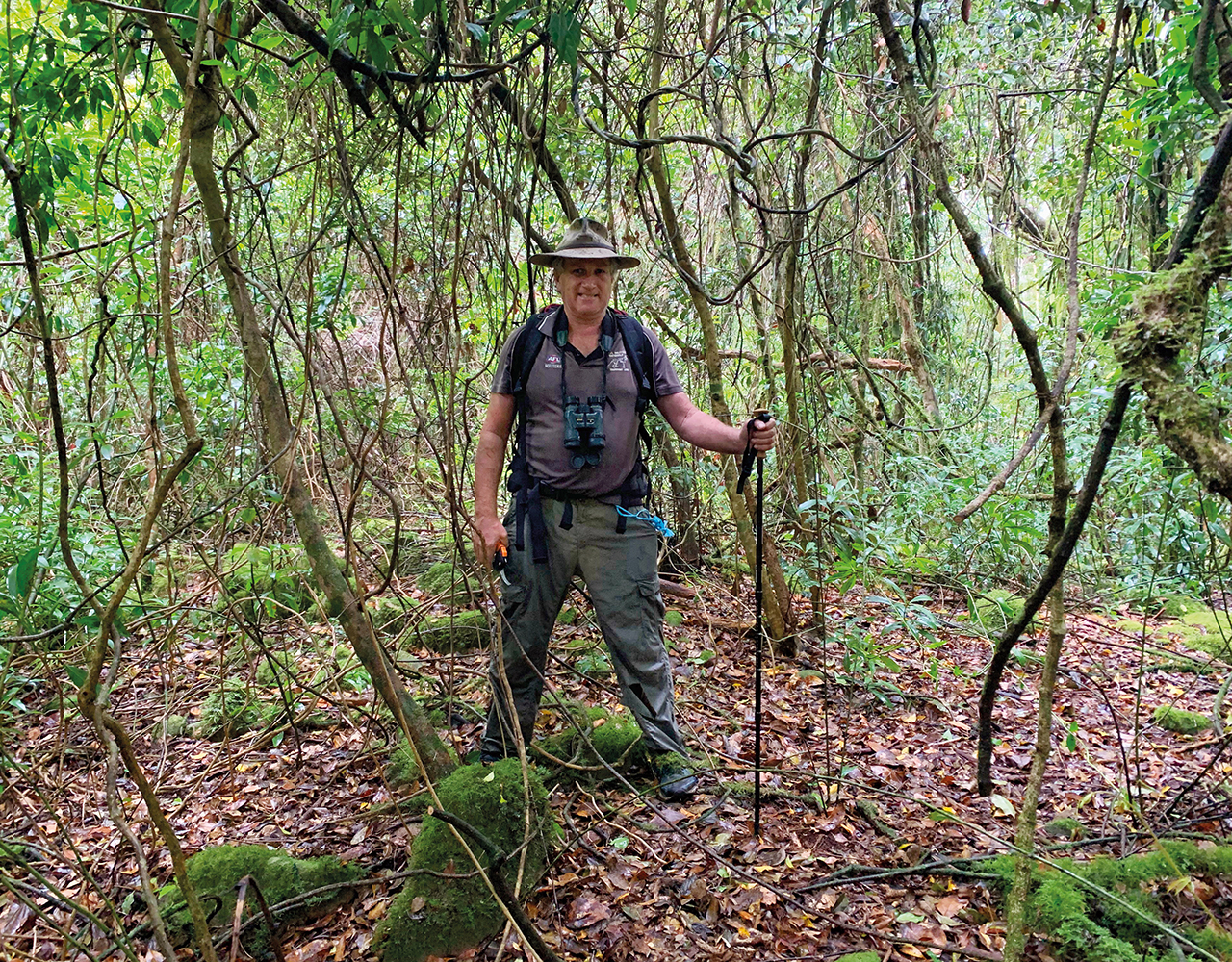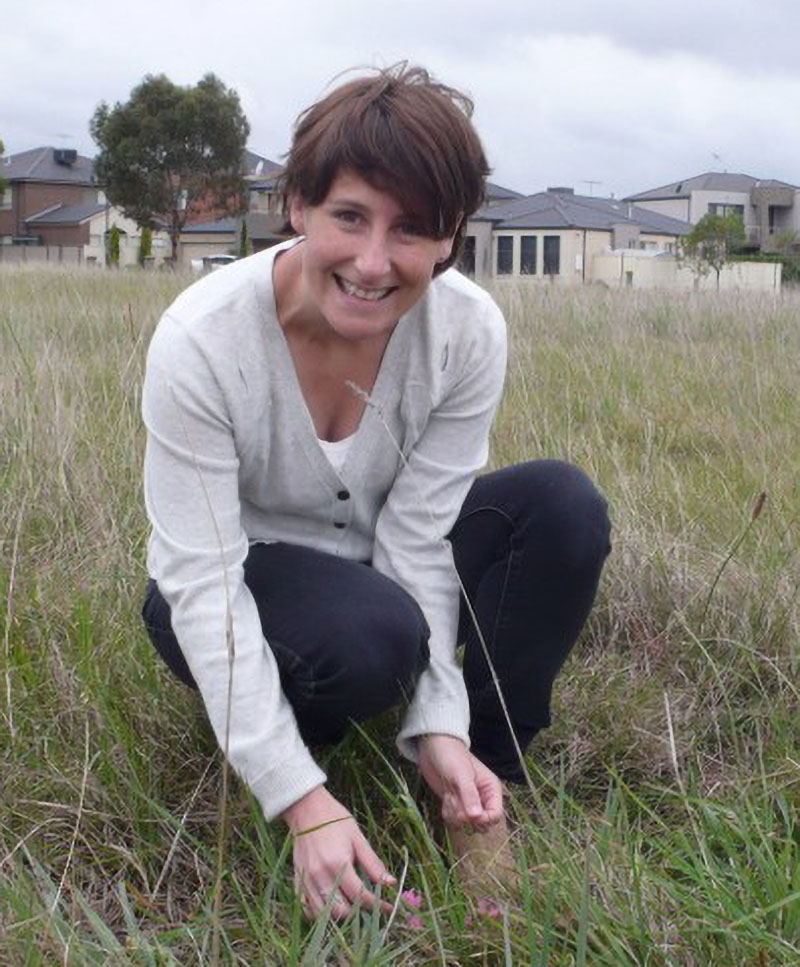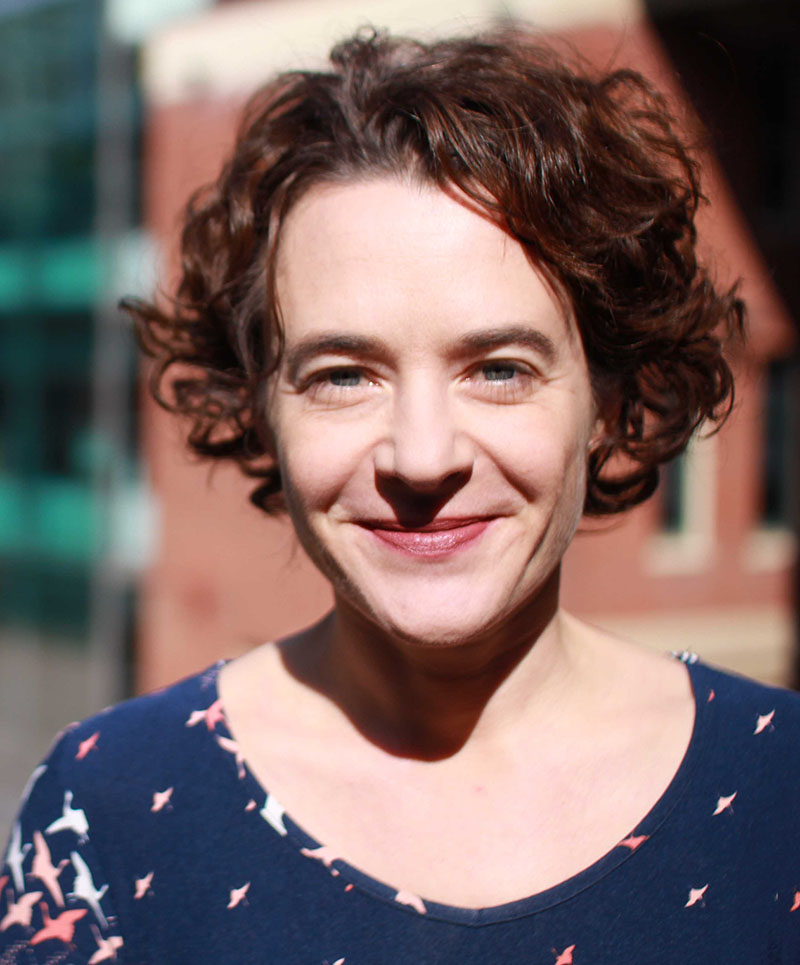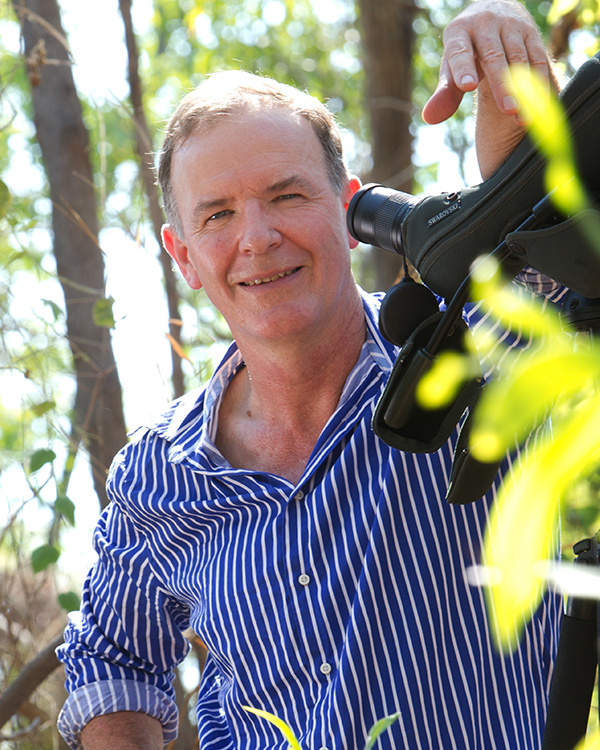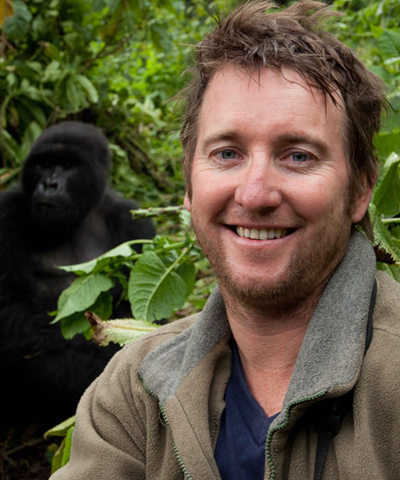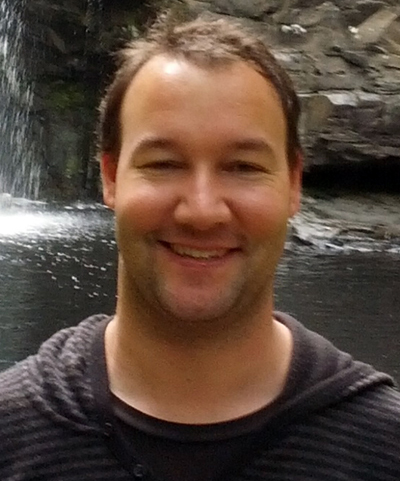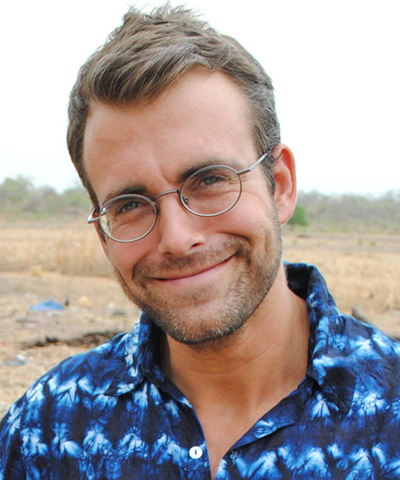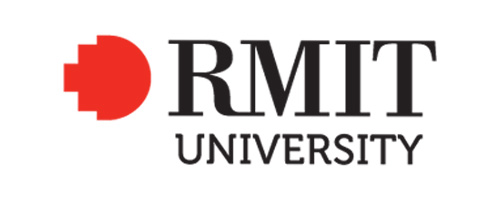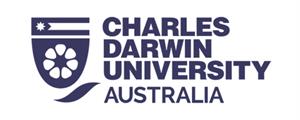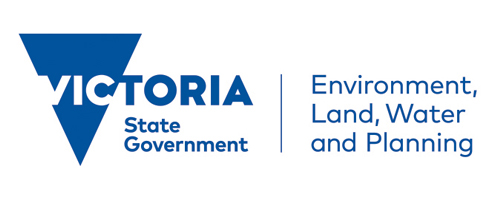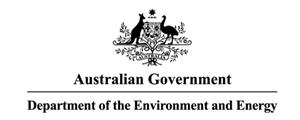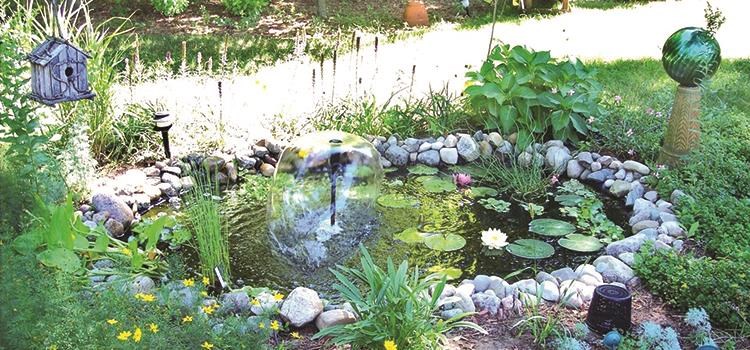
Project: 6.3.5
Targeting Australia’s highest biodiversity impact behaviours
Project Leaders: Georgia Garrard , Sarah Bekessy
Research in Brief
Most biodiversity loss is caused by human behaviour, so changing harmful behaviours is critical for protecting biodiversity. In Australia, getting individuals to change to behaviours that can directly benefit threatened species is thwarted by a poor understanding within the research, governance and general communities of what individuals can do that will make a difference.
This project will identify the human behaviours that can have the most positive impact on Australia’s threatened species. It will then prioritise them for behaviour change through targeted messaging and conservation marketing campaigns.
Why is the research needed?
As most biodiversity loss is caused by human behaviour, changing harmful behaviours is critical for protecting biodiversity. However, changing human behaviour is a complex process, affected by a range of factors. People are more likely to undertake a behaviour change if they believe that the cause is important and when an alternative behaviour is suggested and made available to them.
In Australia, getting individuals to change to behaviours that have direct benefits for threatened species is thwarted by a poor understanding within the research, governance and general communities of what individuals can do that will make a difference. 
 Vegetarian meal. Photo: Tony & Wayne Flickr CC BY-NC 2.0
Vegetarian meal. Photo: Tony & Wayne Flickr CC BY-NC 2.0
How will the research help?
This research will address the problems of poor understanding of what behaviours can make a difference and how to effect behaviour change to benefit biodiversity. It will identify which behaviour changes should be targeted in order to improve the fate of threatened species, and experimentally determine the most effective ways to promote these behaviours to Australians.
The project is expected to deliver benefits in three key areas:
- The community, by helping Australians better understand how they can assist recovery of threatened species.
- Regulation and management, by helping the Australian Government and threatened species managers to better plan for and manage the recovery of threatened species and engage the public in pro-conservation behaviour change.
Threatened species and communities, by directly reducing threats to their survival, and enhancing stewardship of biodiversity.
What research activities are being undertaken?
Firstly, the project will identify a set of case studies based on human behaviours with the greatest impacts on threatened species. Key threats to Australia’s threatened species will be identified from Recovery Plans, as well as expert elicitation.
Secondly, we will work with project partners to design and implement campaigns targeted towards the behaviour changes identified in the project case studies. These campaigns will also draw on and contribute to the evidence on effective messaging emerging from other TSR Hub research.
Finally, we will evaluate the success of individual behaviour change campaigns, using a combination of face-to-face and online methods. We may use focus groups to test potential messages and identify useful audience segments. Effectiveness may be indicated by changes in attitudes and behavioural intention, as well as actual behaviour change observations.
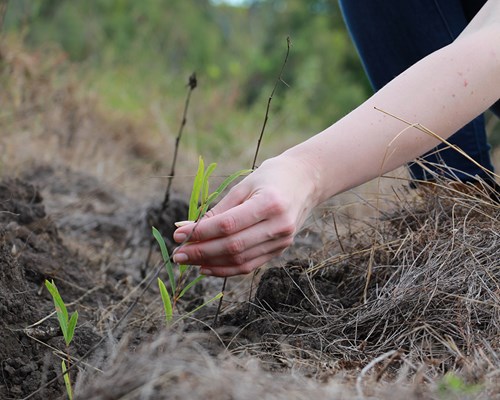 Organic vege patch. Image: Rosalee Yagihara Flickr CC BY 2.0
Organic vege patch. Image: Rosalee Yagihara Flickr CC BY 2.0
Who is involved?
The project is being led by RMIT University who are collaborating with the Office of the Threatened Species Commissioner, the Victorian Government and Zoos Victoria.
Where is the research happening?
Research is happening Australia wide, but has a focus on case studies in Victoria.
When is the research happening?
The project will run from 2018 to June 2021.
More information
For further information contact:
Dr Georgia Garrard - georgia.garrard@rmit.edu.au
Prof Sarah Bekessy - sarah.bekessy@rmit.edu.au
Top image: Backyard Pond. Photo: Rejoyce Photography Flickr CC BY-ND 2.0
